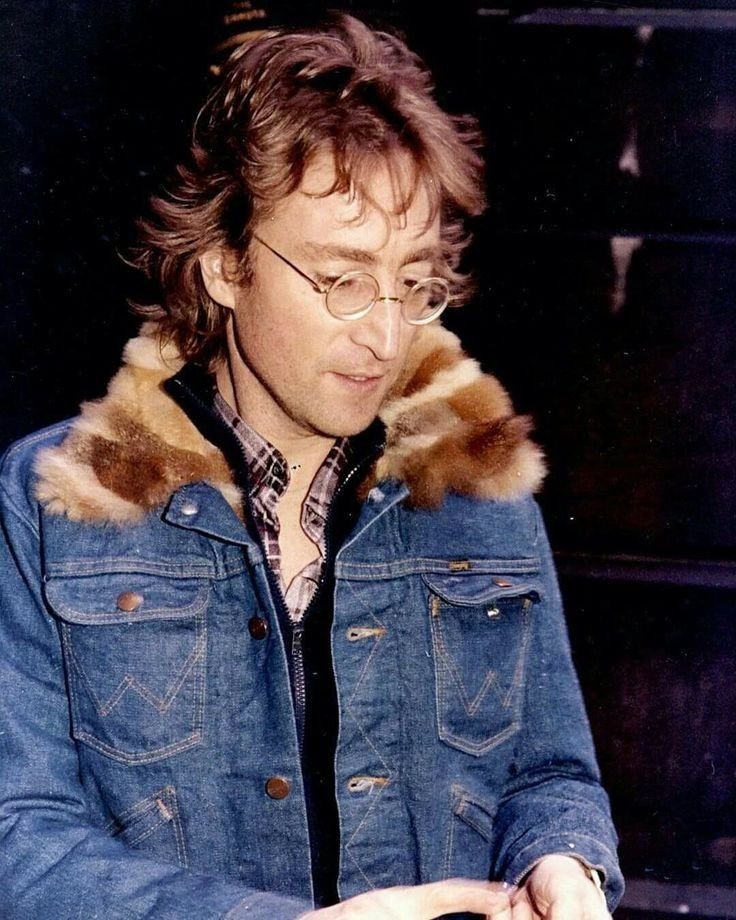“When the Music Paused: John Lennon’s 1977 Wrist Injury and the Quiet Transformation That Shaped His Final Songs”
In 1977, while living a relatively private life in New York’s storied Dakota Building, John Lennon encountered a setback that—though physically minor—carried profound emotional and creative weight. One rainy afternoon, he slipped on the slick marble floor near the entrance of the building and fractured his right wrist. The incident never made headlines and was kept quiet by those around him. Yet for Lennon, who relied on the fine coordination of his hands to strum, write, and shape melodies, it was a deeply personal disruption.
At the time, Lennon had been planning a stretch of home demo recordings, experimenting with ideas for what he imagined might evolve into his next solo album. The wrist injury, however, abruptly halted those sessions. At first, he tried to brush it off with typical Lennon dry humor, but as the days wore on and the creative stillness stretched longer than expected, frustration and doubt began to creep in. A close friend later recalled Lennon lamenting, “I feel like a painter with no brush,” capturing the disorienting effect of being creatively paralyzed.
Cut off from his guitar and the tactile process of songwriting, Lennon turned inward. He filled pages of journals—reflections that would later appear in fragments through documentaries and biographies—where he expressed his discomfort with inactivity, his fear of fading relevance, and his ever-present battle with the specter of creative stagnation. For an artist who had once moved the world with his voice and pen, even a temporary silence felt disorienting.
And yet, from this quiet, an unexpected transformation began to take root. Without the pressure of studio deadlines or touring commitments, Lennon found solace in simplicity. He gravitated toward acoustic ideas—stripped-down, meditative, emotionally honest. It was during this period of physical healing that the seeds were sown for some of his most intimate work. Songs like “Beautiful Boy (Darling Boy)” and “Watching the Wheels,” released posthumously, would bear the fingerprints of this introspective phase—gentle in sound but rich in vulnerability.
This short chapter in Lennon’s life, marked by an anonymous fall and a broken wrist, ultimately became a turning point. It reminded fans that creativity often blooms not from force but from stillness. More importantly, it humanized a man often idolized beyond recognition. Lennon’s pain, doubt, and eventual reawakening spoke not just to the artist—but to the man behind the music.
For those who look to Lennon for more than just lyrics and legacy, this moment in 1977 offers something rare: a glimpse of the fragile, searching soul behind the legend—and a quiet lesson in how even limitation can lead to renewal.
